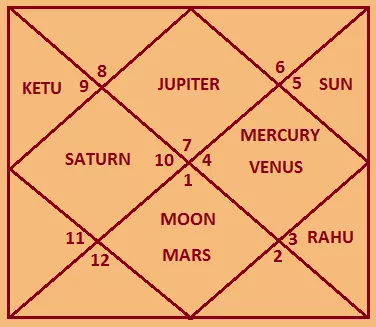Panchaang in Astrology or Jyotish

Best Astrologer in India: - Dr.A.S.Kalra


Panchaang in Indian Vedic Astrology
Panchaang (also spelled Panchang) is the traditional Hindu calendar and almanac used in Indian Vedic Astrology to determine auspicious and inauspicious timings for rituals, festivals, and daily activities. The term "Panchaang" is derived from the Sanskrit words "Pancha" (five) and "Anga" (limbs or parts), indicating the five key elements that make up the Panchang.
The Five Limbs of Panchaang
The Panchaang is made up of the following five elements:
- 1. Tithi (Lunar Day): Represents the phase of the Moon. There are 30 Tithis in a lunar month, each lasting approximately 12 degrees of Moon's movement away from the Sun.
- 2. Vaar (Day of the Week): There are seven Vaar or weekdays, each ruled by a particular planet, such as Ravi-vaar (Sunday), Som-vaar (Monday), etc.
- 3. Nakshatra (Constellation): The lunar mansion or star the Moon is located in on a given day. There are 27 Nakshatras used in Vedic Astrology.
- 4. Yoga: A specific combination of the Sun and Moon's positions calculated by adding their longitudes. There are 27 Yogas.
- 5. Karana: Half of a Tithi. There are 11 different Karanas that repeat in a specific pattern across the lunar month.
Purpose and Use of Panchaang
Panchaang is used to choose auspicious times (Muhurta) for important events such as:
- Weddings and engagements
- Griha Pravesh (housewarming)
- Naming ceremonies (Namkaran)
- Business ventures and travel plans
- Daily puja and rituals
How Panchaang is Calculated
Panchaang is calculated based on the movements of the Sun and the Moon in relation to the Earth. It requires precise astronomical calculations involving time, location, and planetary positions. Different regional Panchaangs may have slight variations based on local sunrise and sunset timings.
Types of Panchaangs
- Drik Panchang: Based on actual planetary positions as observed from Earth.
- Vakyam Panchang: Traditional version used mainly in South India with pre-calculated values.
Conclusion
The Panchaang is a vital part of Indian Vedic Astrology and Hindu culture. It provides astrologers and devotees with the necessary cosmic information to align their lives with natural and divine rhythms. Understanding the Panchaang helps one make spiritually harmonious and astrologically appropriate decisions in daily life.
